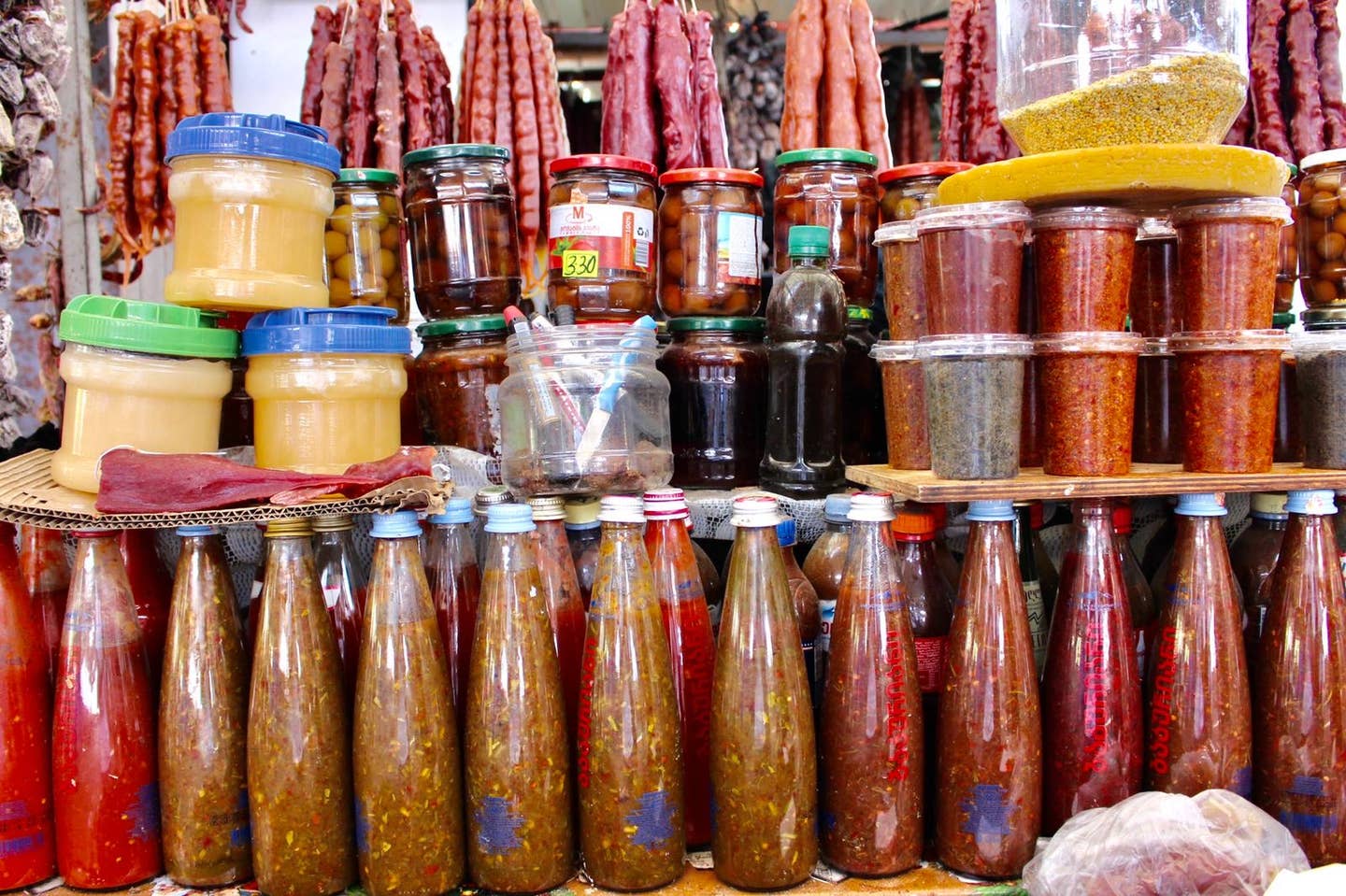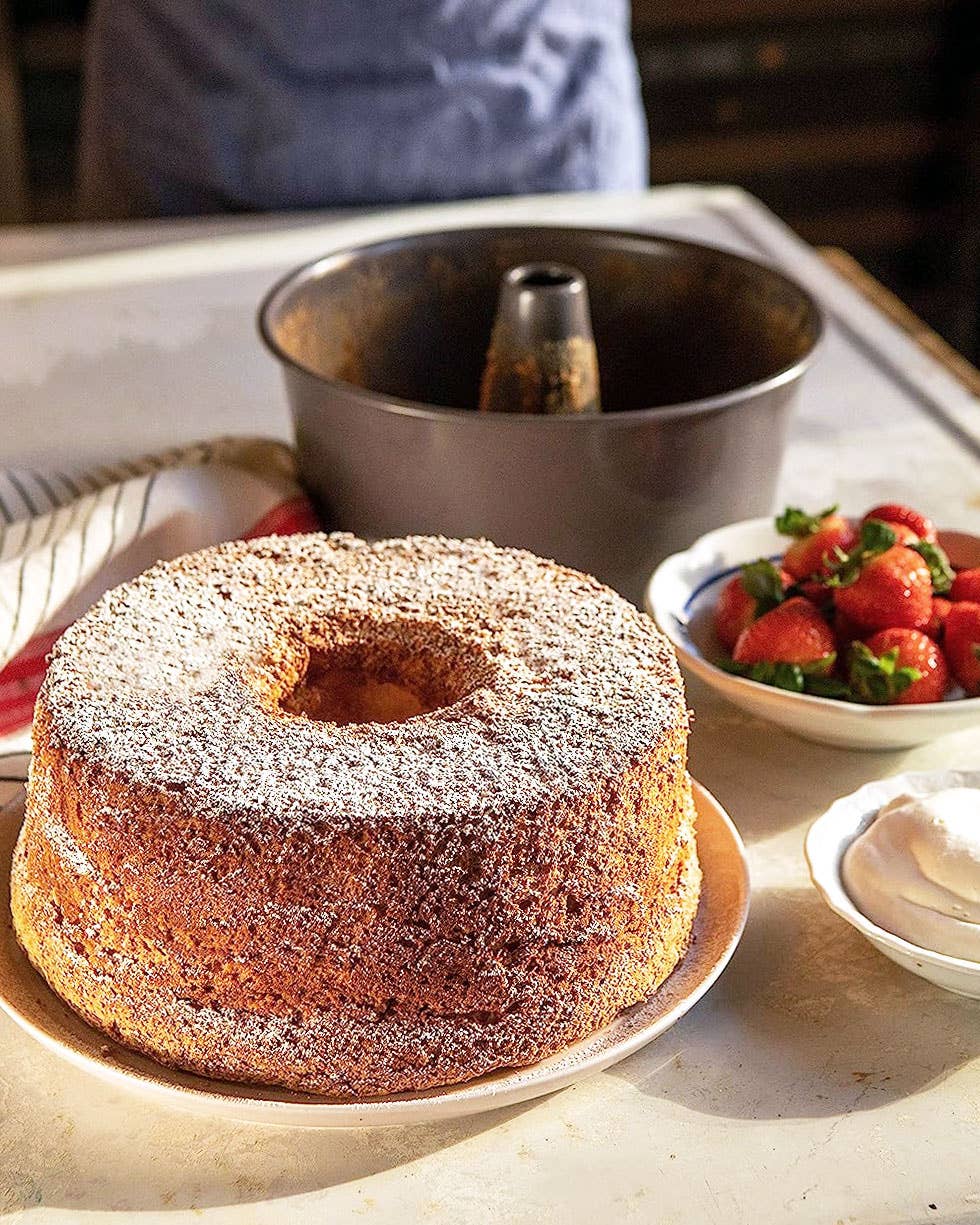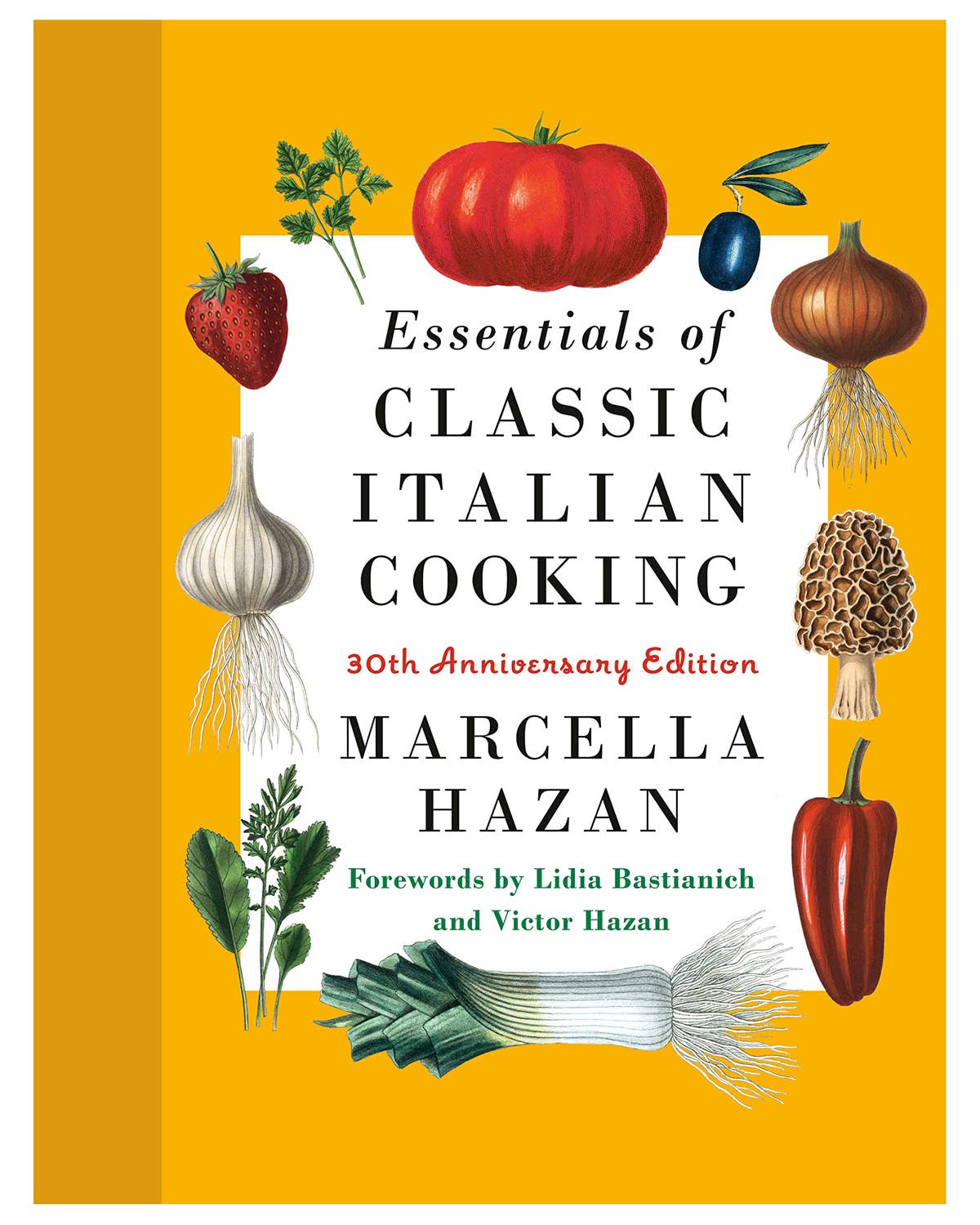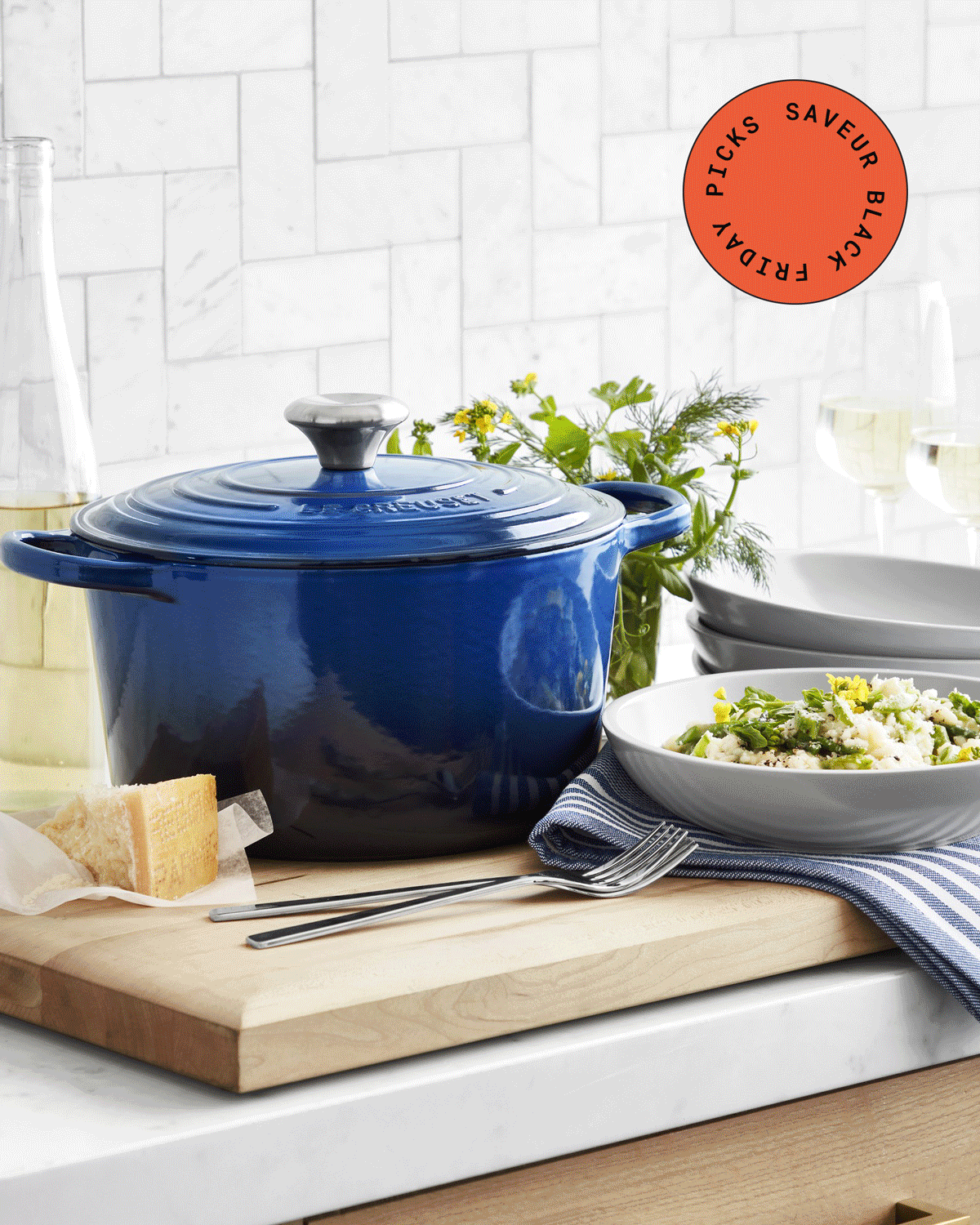
Georgian Ajika Goes Mainstream
Everything you need to know about the newest arrival in Trader Joe’s spice aisle.
Ajika, the spicy, faintly smoky condiment native to the Caucasus, just hit the aisles of Trader Joe’s, and if you aren’t shaking it over scrambled eggs, swirling it into soups, and rubbing it deep into the crannies of a chicken before roasting it Georgian style, well, you deserve a good finger-wagging from a Georgian grandma.
In Georgia, ajika takes countless forms: It can be saucy like jarred salsa, thick like tomato paste, or granulated like shichimi togarashi. Trader Joe’s version lands squarely in third camp, dusky red-orange and packed with loads of dried chiles, coriander, and garlic. Though perhaps not as potent as its fresh, perishable counterpart—nothing beats the heady aromas of just-pounded chiles, garlic, and herbs—the dried mixture lasts far longer, is shelf-stable, and comes with a shaker top for easy ad hoc sprinkling.
Anya von Bremzen, coauthor of Please to the Table, the current pick for the SAVEUR Cookbook Club, says she can’t live without dry ajika. “I do slow-roasted pork shoulder with it and it creates the most addictive juices,” she said. “Man, I'm literally the kind of person who sprinkles ajika on morning toast. It's awesome with cold butter and on avocado toast.” She's in good company: Reddit is currently abuzz with early adopters adding TJ’s ajika to everything from popcorn to pork chops to pizza.
Once you’re sold on the sprinkle-able stuff, von Bremzen recommends dabbling with the wet ajika sold in jars at Eastern European groceries, the type she was weaned on in Moscow, which brims with vinegar, herbs, and tomatoes. “As kids we used to spread it on black sourdough bread and eat it with salo, which is basically Slavic lardo,” she said.
In-between these two textural extremes is a third pastier ajika, which is common in Mingrelia and Abkhazia, the subtropical Black Sea regions where the condiment is said to originate. It’s perhaps the most complex of the bunch with ground coriander, blue fenugreek, marigold powder, garlic, salt, and red chiles smoked over hazelnut wood, plus other dried spices such as savory, dill, and black pepper. Locals scoop it by the heaped spoonful into stews like beef kharcho. And then there are the milder green ajikas, redolent of mint and cilantro, customarily spread between stretched-curd cheese layers and rolled up in a dish called gebzhalia that oozes fresh, cool cream like burrata.
But for all you from-scratch diehards out there wondering if you can make your own ajika, the answer is a resounding yes, according to Georgian chef Meriko Gubeladze, who owns Shavi Lomi and the soon-to-open Ninias Baghi in Tbilisi. Whether you settle on a wet, pasty, or dry ajika recipe, “be sure to track down real Caucasian blue fenugreek and ground marigold,” she said, since together they are intoxicatingly floral.
Special-ordering a couple of spices is one thing, but roasting red Georgian chiles over hazelnut embers, as is traditionally done in ajika production, is another entirely. Happily, Gubeladze has a hack for emulating that smoky undertone: a pinch of smoked Spanish paprika, or pimentón, thrown into the mix. “It’s amazing in ajika. I buy it whenever I’m in Europe and bring it back in my suitcase as contraband,” she said with a laugh. Gubeladze is also ruthless with the raw garlic, which she said is a much-needed counterpunch to the fiery chiles. “Oh, and one last tip,” she said. “Steer clear of ajika if you’re going on a date.”
Keep Reading
Continue to Next Story










